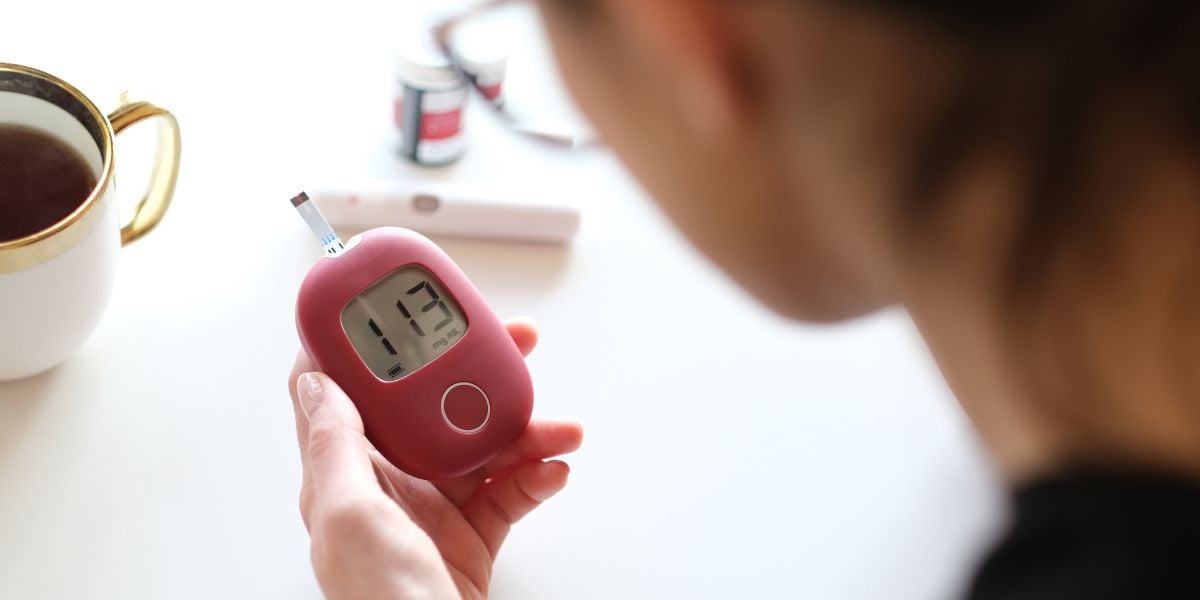There is a basic requirement for blood glucose meters to be calibrated, or coded. In the absence of periodic calibrations the accuracy of any blood glucose meter’s measurements comes into question.
Without a reference point to begin with, the instrument may never read correctly.
With the use of a calibratio, an instrument is given a predefined value so as to eliminate errors. If the readings on your blood test meter vary, then there will cease to be any good reason to test.
Calibration removes the margin for error
The idea of doing coding on your blood test meter (or calibratio, which is the same thing) may sound like a bit of a chore, but a comparison might be that if you are making a cake, you need to zero out the scales before you start doing all the measurements. If the scales change each time you weigh out your ingredients, you’ll get a very odd cake at the end of it.
It’s a much bigger deal to get your blood sugar readings as close to accurate as is possible.
Test strip variations
Although blood test meters are commonly available, the technology used is still highly sensitive. For each pot of test strips there may be variations in the sensitivity of each batch. In the production of any blood test strips, a sample of each batch is taken and tested against a standard solution.
The reading thus produced allows the manufacturers to calculate what the code number for that batch should be so that when this code number is entered into your meter it will recalibrate your meter correctly for the sensitivity of that batch of strips.
Recalibrating your blood glucose meter
Each time you open a new pot of test strips you will need to recalibrate your meter.
How this is done varies from machine to machine, but you should either be shown how to do this by your healthcare professional , or you should be able to figure it out.
The instructions that come with any meter will show you how, and these days the instructions often include good diagrams, so it’s not that hard to follow.
If you get into trouble, you should be able to find a customer helpline for your particular blood test meter. It may be as easy as placing one of the new test strips in the meter and holding down a button until the displayed code in the window matches the one on the side of the pot of sensors.
Miscoded meters can give false results
A miscoded meter can give readings that are out by as much as 43% – which should persuade you it’s worth taking a couple of minutes to do a calibration. Some meters may even refuse to work unless you do a calibratio, so you won’t be able to avoid it!
No Coding Technology
One aspect of blood test meters that can distinguish them is if they use ‘no coding technology’. You might want to consider other factors when choosing a blood test machine.
Research has shown that pharmacists agree that the use of no coding technology makes it easier for patients to get accurate results.
Automatic coding
As many as 77% of blood glucose testers have themselves said that a meter with automatic coding would be beneficial.
Bayer’s blood test meters ( Contour , Contour Link, Contour USB and the Breeze) feature No Coding technology.
The meters code automatically once each test strip is inserted. This helps ensure accurate readings.
Another meter with no coding required is the Wavesense Jazz blood test meter
With no coding technology , it’s not that they do not calibrate, they do, it just means that you as the user do not have to do it, it’s automated into the machine’s technology. So if you don’t fancy the prospect of coding your blood glucose meter, then look for no coding alternatives.







